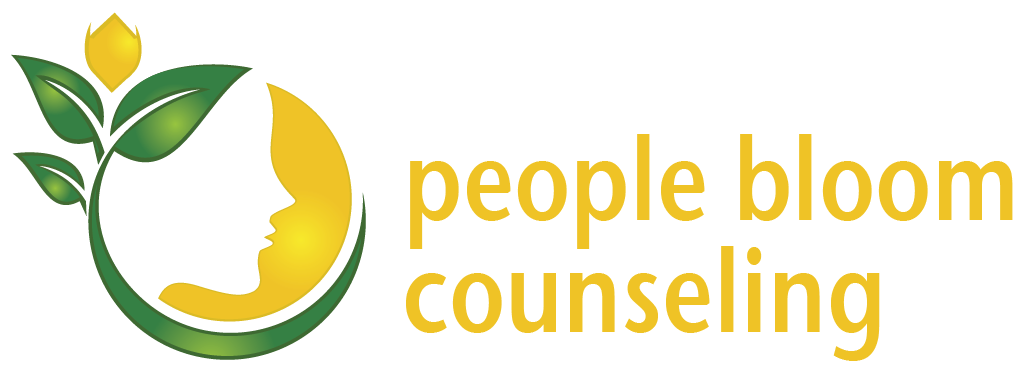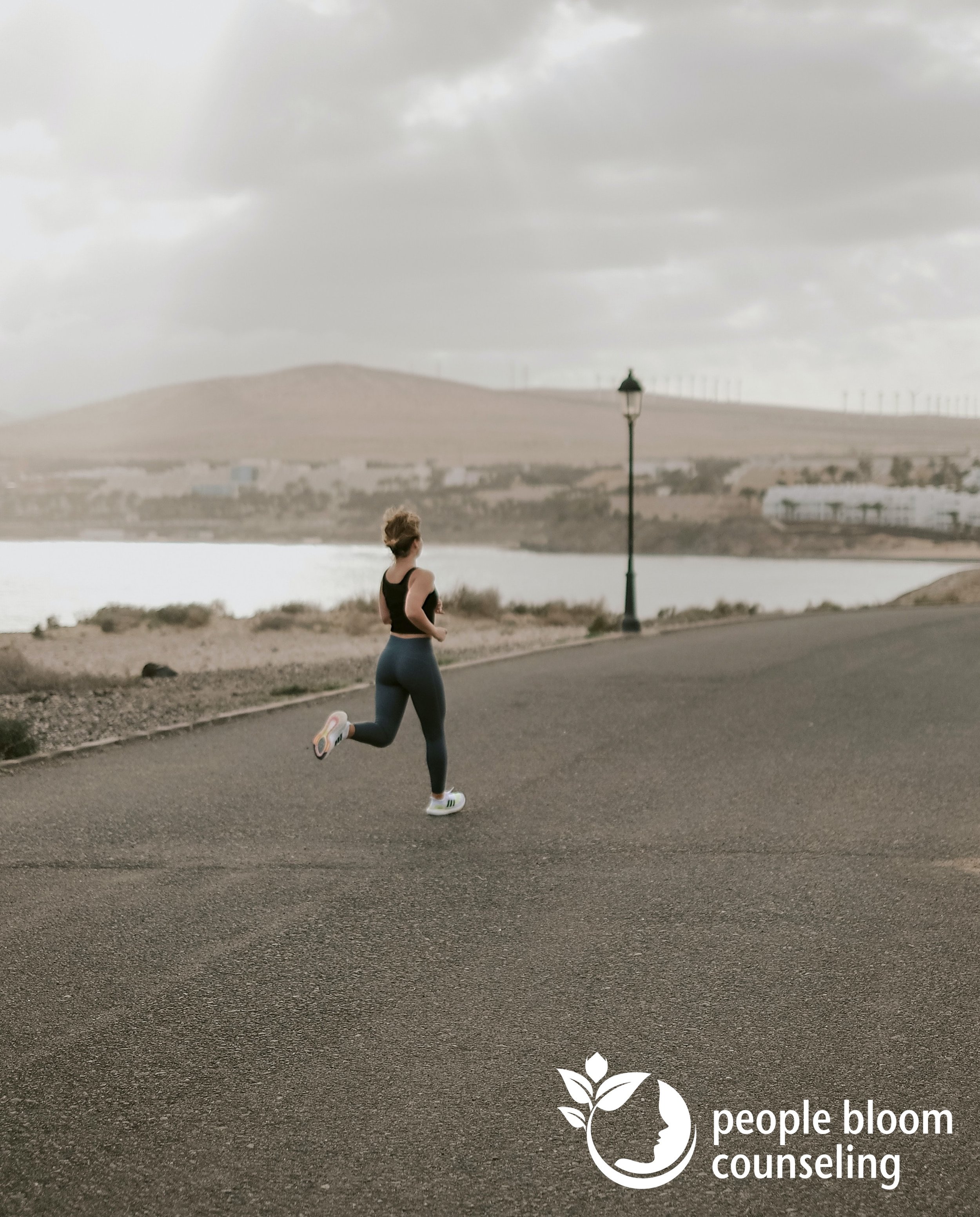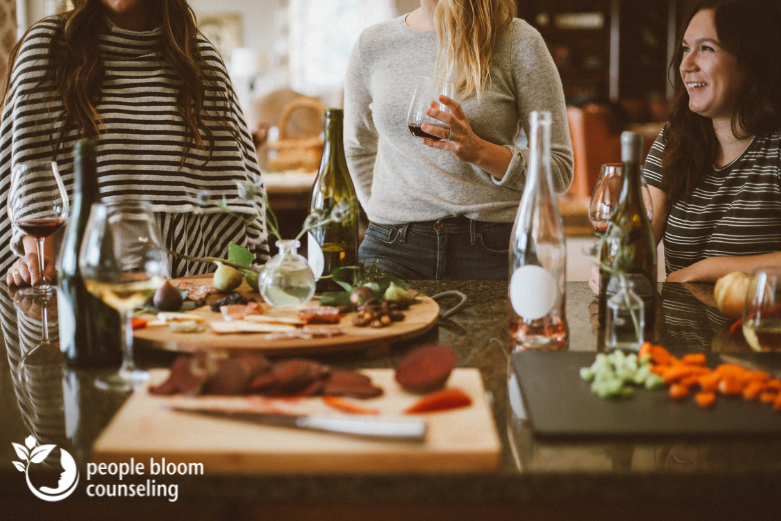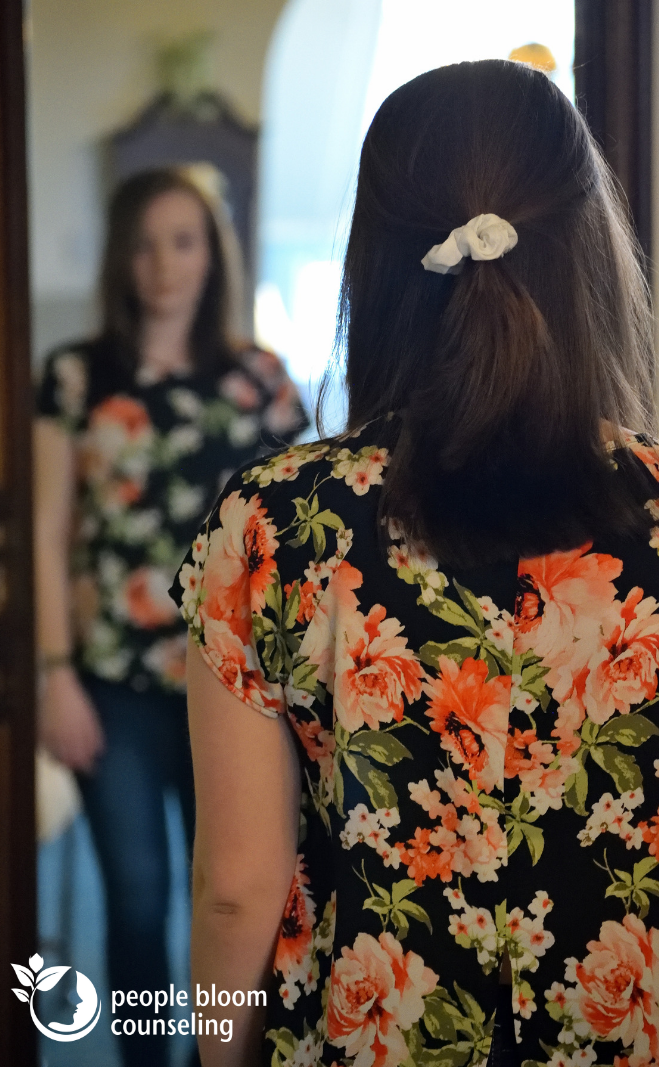One thing is for sure - this Thanksgiving will look very different than past Thanksgivings. We can’t gather like we normally would. It is partly lonely and sad, but the silver lining is that we’re not forced to spend hours around the table with people we fundamentally disagree with. I mean, we all know that if this was a normal year, the hot topic this holiday season would be how in the heck we’re gonna sit around a table and be civil with relatives after that election.
Evaluating what matters
This year, we have a chance to reevaluate what really matters in the holiday season. What do we really want out of this holiday? Why do we celebrate it? Inarguably the origins of Thanksgiving was not a festive time for Native Americans. Considering this, what can we do instead during the holidays that feels right, and that we can be whole with?
Since many of us are not gathering anyway, we have time to think about whether we really wanted to gather in the first place, and if so, why and how we want to do it. We have an opportunity to reflect on what our generation (whatever generation you’re in - just go with it) wants out of life. We don’t have to follow certain traditions just because it’s the way we’ve always done them. So this year, let’s come up with a new way to celebrate!
Let’s rebrand Thanksgiving!
What are we really celebrating?
It’s time to question old conventions, create new traditions and break out of old norms. Let’s say we all agree that the holiday itself is a tricky one to condone, historically. Instead of continuing to teach our children the narrative that pilgrims and natives were one big happy family, we can teach them the history of colonialism. And if we want to gather as a family for late November festivities, we can still do that! Almost everyone I know is conflicted about Thanksgiving’s origin story. So let’s discard the illusion of perfect harmony between the colonists and tribes, and create something new to celebrate, not tied to our sordid history.
Having grown up Jewish and now picking and choosing my favorite parts of the religion to observe, I’m all about picking the best things out of traditions and discarding the old archaic customs that need updating. When we do that with Thanksgiving, the focus of this day for me becomes: celebrate family, be thankful for everything ya got, cuz none of it is guaranteed, and eat well.
Coming up with a new tradition
Does this holiday have to revolve around a history with inherently problematic roots? Hint: no, the answer is no, it does not. Instead, is there a different label you’d want to put on it? If colonialism doesn’t sit well with you, but you still love family, food and thankfulness, then we should be able to have those things without an outdated holiday as the backdrop. This is a fun one to brainstorm with your kids. You can come up with new names for the holiday as a family. This year, the obvious choice and my vote is Zoom-giving!
Ada Pang, one of our clinicians often says, “A publicly recognized holiday in America is just a day on the calendar.” With Thanksgiving, it’s even a different date every year! So, who’s to say it has to be celebrated on Nov 26th this year? If you really miss certain family and friends, do another version of Zoom-giving when it is safe to gather again. Whole turkey might not be available in August, but who’s to say turkey has to be a part of this holiday anyway? Poor bird.
How do you want to do family time?
This year, give yourself permission to not do too much. If you want to forego everything and order takeout and watch Netflix - by all means! But you shouldn’t need a pandemic to be true to yourself. If you were to ponder plans for future holidays - what do you hope to gain from family time? Who do you want to invite? It’s ok to relieve yourself of the pressure to be a super host and accommodate people who test your boundaries.
If from now on, you want to only celebrate No-drama-november with your nuclear family, then can you let yourself do that going forward? Or, if you want to celebrate with your chosen family rather than your family of origin, then Friendsgiving it is - guilt free. Even if you can’t throw out all the traditions in just one year, see if you can renegotiate what you’d like to keep.
As for me, I’m making all the traditional dishes and delivering to relatives - we’ll all eat separately. It means I get to drop by to say hello, do my good deed, but not spend so much time together that we overstay our welcome or get burned out. And then I get to eat in peace. To be honest - I’m a little bit in love with this idea, and am considering doing this every year instead of the traditional big family dinner. It took a pandemic to realize that all those big family dinners did was make me feel claustrophobic.
If you create new ways to celebrate, what’s the worst that would happen? Who’s to tell you otherwise? Is it expectations? Societal pressure? The patriarchy? Emotional labor camps? The answers are in the questions. You can let go of all of that noise. Or, at least some of that noise.
How do you show gratitude?
In the same way that we say we don’t need some random saint to tell us to show our love for each on Valentine's day, we also don’t need no stinkin’ holiday to tell us to be thankful! Then again, there’s nothing wrong with the reminder to be thankful on a certain day of the year. We can embrace this positive message without the Thanksgiving brand.
What if we made a special effort to show or express gratitude for the new Thanksgiving 2.0? You could keep a gratitude journal, or put notes in your thankfulness jar every day. Write your friends a thank you note just for being a friend. Tell your spouse you love them and what you’re thankful for about them. The list is endless.
Eating well is an ethos of its own
This is the fun one. If you’re a fan of the traditional Thanksgiving feast, you can still gather just as you always did around the table, with turkey, stuffing, and mashed yams with marshmallow goop on top. You don’t have to give anything up if you don’t want to. The new rebranded holiday you come up with can still center on good old fashioned T-G food. But if you do stick to this, make sure it’s what you really want. I imagine there are mothers out there who can’t stand the mush that is Thanksgiving food, but slave away on it anyway as a labor of love. That’s ok, but it’s also ok to mix in new foods you actually love as part of your new customs. Or go nuts - you can decide that from now on, you will celebrate with spaghetti bolognese, garlic bread and some vino. Because...why not? You can create your own path. You do you in other ways. Now do you with the holidays too, and do it wholeheartedly.
The mantra this year is - question everything and do the things that bring you joy. If nothing else, this pandemic has helped us take a good look at all the motions we go through, and maybe it’s time to consider whether we really need some of those motions.
Happy Tofurkey day, Friendsgiving, November family fun day, or whatever you want to celebrate to get through the madness that has been 2020! If you need some Zoom-giving debrief, our clinicians are here for you!



















